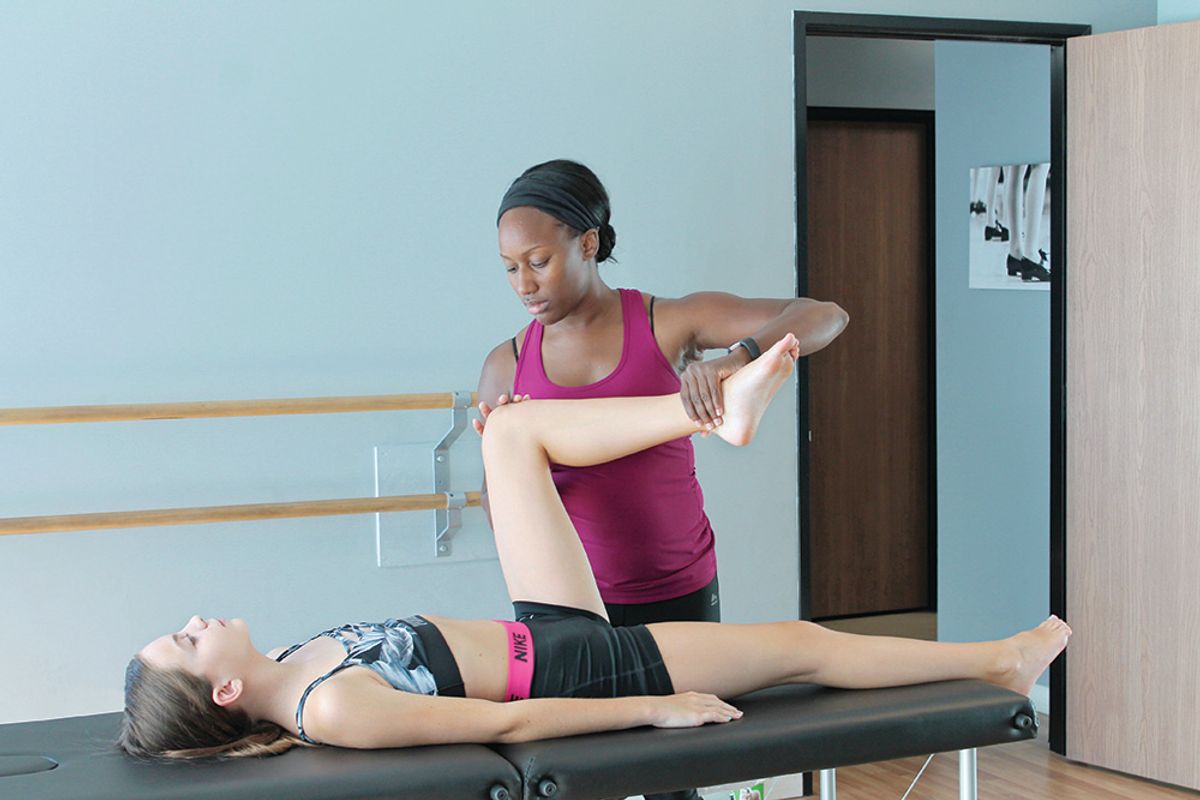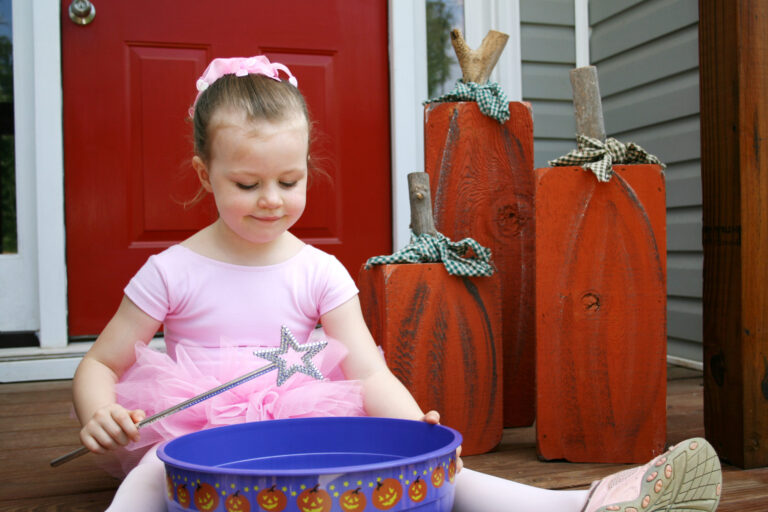
In the lead-up to competition season, “Again! From the top!!” can be overheard in studios across the nation. As students rehearse their routines ad nauseam in the final push to get ready, longer hours can sometimes mean that warm-ups get lost and increased repetition can create overuse injuries. Plus the extreme tricks and greater demands for flexibility can put stress on the joints and tendons of growing and adolescent bodies.
“In the dance industry, we are very used to releasing and stretching,” says Dr. Alexis Sams, physical therapist and owner of AZ Dance Medicine Specialists. “But the key to injury prevention is matching mobility with stability. You are not going to get the results you want without doing the stabilizing work.” While Dr. Sams does not recommend that students self-diagnose an injury and believes in the necessity of a professional assessment when a student reports pain, she has found that many overuse injuries can be prevented by strengthening the core and glute muscles, and sticking to a proper warm-up. Here are three common places where students report pain, what may be causing it, and the best exercises to address and prevent the injury.
Foot Pain
“The most common injury I see is FHL tendinitis,” says Sams. “It is often misdiagnosed as Achilles tendinitis or plantar fasciitis and the resulting pain from overuse is most often related to a glute muscle not firing properly.” The flexor hallucis longus (FHL) is part of a trio of muscles that begin deep in the back of your lower leg and end at the big toe. The muscle plays a part in pointing your foot and big toe. A tenderness or painful sensation can occur along any point in the muscle: in the back of the ankle, under the middle of the foot or at the base of the big toe.
“I first look at stability in a dancer’s standing leg in a functional position like coupé or passé. Then I palpate along the FHL to see where there are tender points and different levels of tone and tension. Lastly, I scan the core and back extensors to find the reason for the glute dysfunction.” While the body is complicated, the exercises Sams gives students for more functional glute strength are simple.
Single-Leg Bridges
1. Lie on your back with your knees bent, feet planted hip distance. Cross the right ankle to the left knee in a “figure 4” to reduce stress on the hip flexors.
2. Lift your pelvis off the ground and hold for 5–10 counts before lowering.
3. Repeat multiple times on the same side before switching legs.
“Dancers underestimate how difficult this is, especially when you do it correctly, which means with a level pelvis. Try to keep your foot as relaxed as possible, and visualize squeezing the glute instead of foot that is irritated,” says Sams.
Knee Pain
The scorecard says “you need to work on stretching your knees more.” But stretching and overstretching to fix “bent knees” can actually result in knee pain. “Many studio kids show up with knee pain that is usually resulting from a muscle imbalance. The tension in their legs is related to core weakness,” explains Sams. “That is why stretching is not the answer. Their leg muscles are gripping their knees for a stability the core is not providing.” After testing for abdominal strength, hamstring strength and quadricep strength, Sams usually spends time releasing the popliteus, a small muscle that runs deep in the back of the knee.
“When the popliteus contracts, it helps lock the knee in extension, but when it is super-tight and over-contracted, it can restrict the same desire for extension.” While getting such deep tissue work is best done in the realm of physical therapy, students can take this core exercise with them anywhere to build more stability that will best support long, extended lines. (And if you do need to increase your hamstring flexibility, work on progressive stretching after class, when your body is already warm.)
Prone Plank
1. Kneel in a four-point position with hands under shoulders. Alternatively, come down to your forearms, with your elbows under your shoulders.
2. Maintaining the tone and support of your abdomen and a level pelvis, reach your legs behind you, toes tucked under to connect with the floor.
3. Hold position for as long as you can maintain the integrity of your core, your body in one long line from heel to head. Repeat at least two more times.
Hip Pain

Photo courtesy of AZ Dance Medicine Specialists
Side plank is a great way to work the core and stabilize the hips.
Snapping-hip syndrome can bring a painful popping sensation to every lift of your leg, especially above 90 degrees as most often, a tendon is catching on a bony prominence. “The underlying causes are most often related to an iliopsoas issue or the inguinal ligament. But again, addressing a core weakness as well as prioritizing and stabilizing the rotators of the hip can help manage it,” Sams says. For this, she recommends the ever versatile side plank. “Studies show side planks give you the biggest bang for your buck, working all core stabilizers as well as the hip muscles.”
Side Plank
1. Sit on one hip with your legs extended, feet stacked on the knife edge of your bottom foot. Position your elbow or hand underneath your elbow.
2. Lift your hips into the air, maintaining the support of your abdomen and the alignment of your body: ear over ear, shoulder over shoulder, hip over hip, foot over foot.
3. Your body should remain in one long line from heel to head.
4. Repeat eight times on each side, holding four counts each, and resting for



